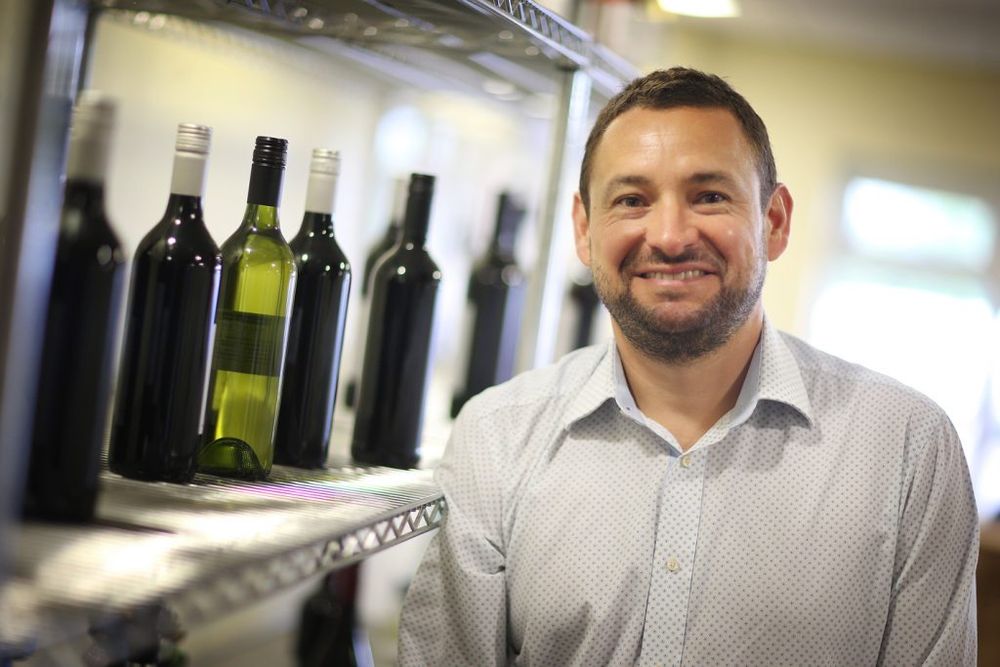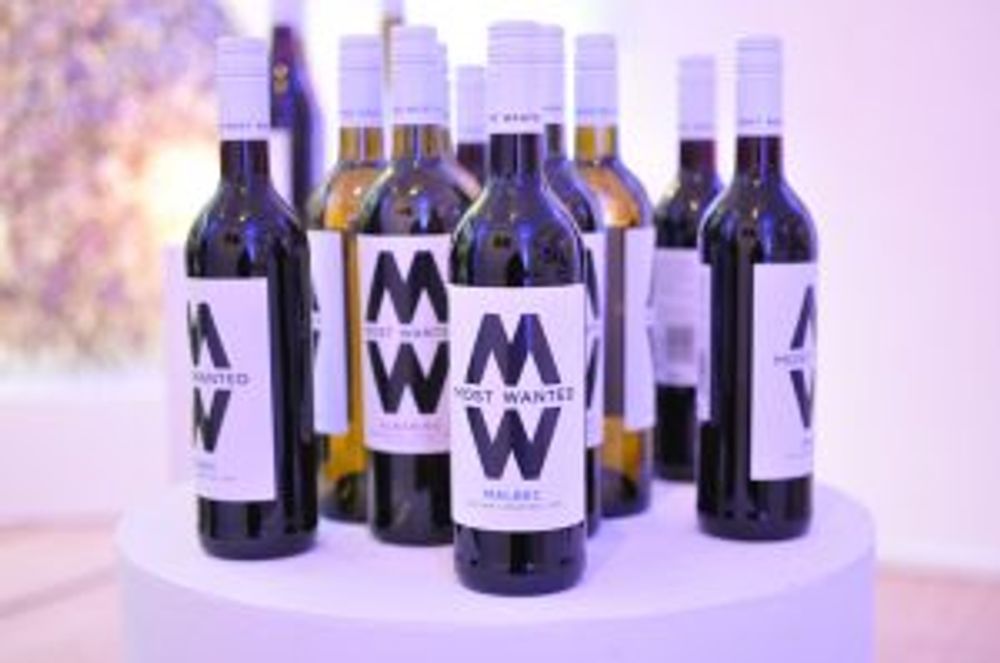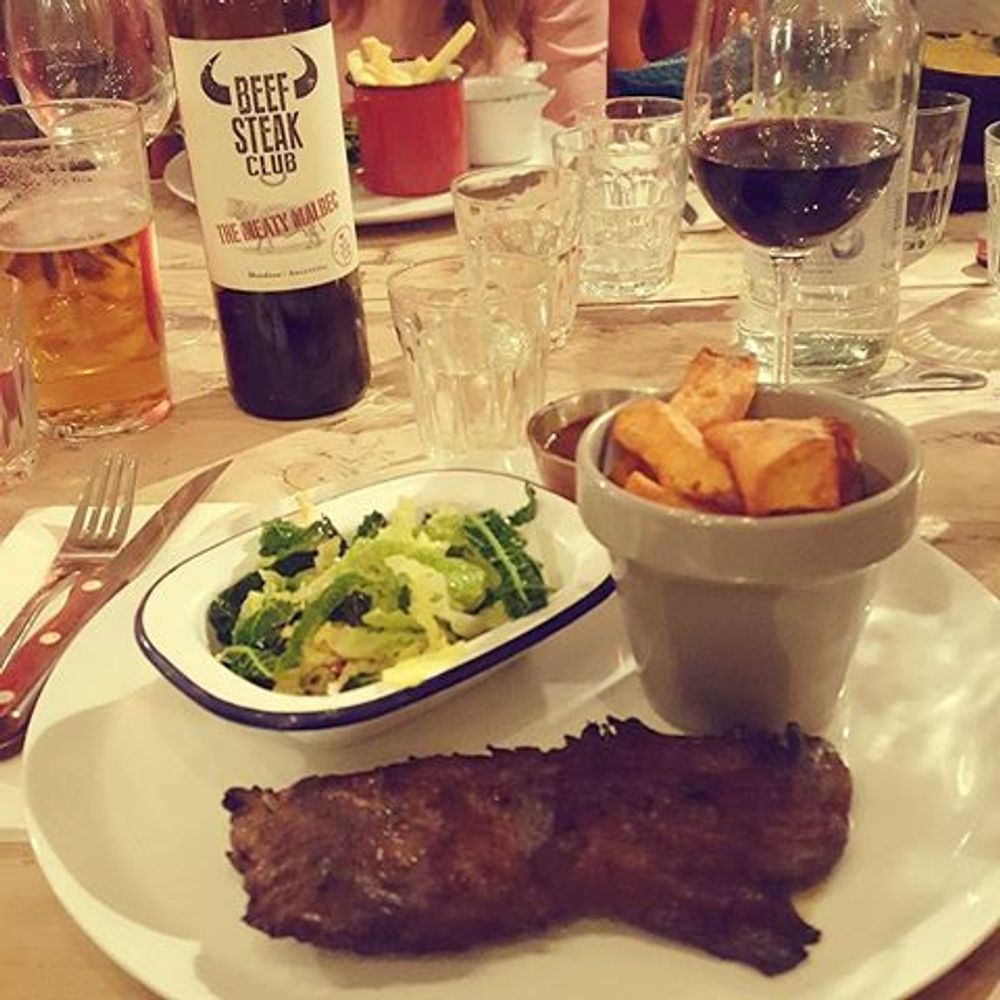If you are buying wine for the mainstream consumer then there are now major new opportunities to keep your supply chain as efficient and profitable as possible.
If you had to pick out arguably the most important skill of a wine buyer looking to source wines from around the world it is their ability to think on their feet, switch strategies and adapt to the market. Having your eggs in the wrong basket at the wrong time is not where you want to be.
Such skills are hard to see when harvests are booming, wine is in fully supply and you can take your pick of the best priced grapes from producers in all the key countries around the world.
Those true talents only truly surface in times when supply is limited, wineries can sell their grapes twice over and you need to be flexible, nimble and well connected to get the wines you and your business needs.
Which is exactly where we are today. With a 10% plus global shortfall in wine production on the back of the 2016 world wine harvest retailers, wholesalers, distributors and wine buyers are having to be a lot more canny about where and with whom they buy their wine from.

Barney Davis of Lanchester Wines which is at the forefront of sourcing and marketing wine in different ways
We are seeing big changes, for example, in where key grape varieties are being brought from thanks to the price hikes in different parts of the world as there is simply not enough juice to go around. Rather than go to Australia, for example, for Pinot Grigio astute buyers are switching tack and heading to Eastern Europe and countries like Moldova, says Barney Davis, head of commercial operations at Lanchester Wines, which produces exclusive wine brands for retailers, third parties and itself.
In fact Eastern Europe as a whole is benefiting hugely from the lack of wine at key price points from usual destinations such as Chile, South Africa and Australia.
Which is not surprising when you look at figures from VINEX, the global online bulk wine trading platform, which shows that the price of Merlot from Southern Hemisphere countries has increased by 50% since late 2016 and the price of Cabernet Sauvignon has gone up 70% since mid 2015.
Branded winners
But when there are losers there are also winners and those best placed to benefit from this ever changing world of wine supply are those wine companies that have been able to build up variety driven wine brands that play on their umbrella brand name, backed up by different wines coming from different grape types.

Most Wanted is now working across both the on and off-trades
Key examples in the UK, for example, would be the i Heart wine brand from Copestick Murray or Most Wanted Wines from Off Piste Wines. Brands that are able to switch the country from where they are buying their Merlot, Pinot Grigio, Sauvignon Blanc or Cabernet Sauvignon depending on where they can find the right quality at the right price at any given time of the year.
A strategy that not only enables them to satisfy the big grocery retailers and on-trade grous that they can have, for example, an i Heart Merlot on sale round at a certain price point regardless of currency or tax levels. Because if the source for that Merlot becomes too expensive it can be switched to another country. It places a lot of pressure on the brand owner and distributor to be completely on top of their souring and also able to quickly find new producers in different countries.
Ehrmanns, the UK distributor behind the Beefsteak Club Malbec brand, is now looking to introduce an Australian Shiraz and Spanish Tempranillo to the range as it simply cannot get enough Malbec to keep up with demand. A move that gets it neatly round a supply issue, but also helps build its brand at the same time.
It means they are also able to build international business for those brands as they can push certain varieties in different countries depending on local tastes. I Heart, for example, is now in close to 30 counties, Most Wanted Wines in over 11 and Beefsteak Club Malbec is in over 20.
Off Piste’s co-owner, Paul Lutheren, for example, says its Most Wanted Riesling does particularly well in Finland and other Scandinavian countries but less well in the UK. “We can adapt what we have to the market we are selling in to,” he says.

Beefsteak Club Malbec has been a big hit in the casual dining sector
Hugo Campbell, director of Ehrmanns, says international demand for its Beefsteak Club brand has taken it by surprise and it was inundated with further requests from new countries at last month’s Prowein. It is also not just the traditional wine markets that are interested with Ukraine being its number one export country.“We could soon be up to 30 countries,” he added.
Longer term producer partnerships
It also means they are able to tie in longer term arrangements with key producers in the countries of their choice. Giving the winery much needed assurance that they have a home for proportion of their production at a price they are happy with. Deals are now being put in place for 18 months to two or even three years. Unheard of a few years ago.
“We are not interested in spot buying but we want to go out and find quality people to work with on long term contracts,” says Campbell.
The big bottling and contract wine businesses have long looked to to tie in producers on longer term deals. But for Davis at Lanchester Wines it is becoming an even more important point of difference.
“Our customers are looking for that reliability, that consistency of supply, the efficiencies that come with having reliable partners. We have annual contracts in place and on-going partnerships in each country to ensure we have that consistency in supply,” explains Davis.
By working longer term it means suppliers and producers can take much of the risk out of vagaries in price by negotiating contracts even three years down the line, adds Davis.
Strength in going direct
The ability to buy better and more efficiently directly from producers is also driving more supermarkets, discounters and major wholesaler and on-trade groups to develop their own exclusive brands. Again with the flexibility to switch what wine is in those wines depending on market demands.

WX Brands’s UK and European chief Rufus Weston works in both the on and off-trades creating exclusive brands
It is making the lives of pure brand owners increasingly more difficult. As Rufus Weston, UK and European managing director of WX Brands explains: “Supermarkets are not minded to push brands unless there is a real reason to do so. You have to show you really understand the market through your sourcing and innovation in helping to develop consumer and retail driven brands. If your whole portfolio is brands then you are going to be increasingly in trouble. There are few brands that are not replaceable with own-label or retailer exclusive brands.”
All thanks to the ability of the global wine supply chain to provide credible, quality alternatives at prices that retailers are willing to pay.
By using directly sourced wine, retailers are also able to create points of difference on the wine shelf with their own exclusive lines. Neil Anderson, marketing director of Kingsland Drinks, the UK wine supplier, bottling and brand development business, explains: “Just look at the Australian branded category. They are too many brands that look too similar and at too similar price points. Retailers now have more opportunity to do things on their own.”
All of which goes to show that arguably the wine industry’s overall greatest strength is its ability to adapt, change and find new ways of not only doing business, but making money for everyone in the global wine supply chain.
- This is an adapted article to one first published on VINEX.









































